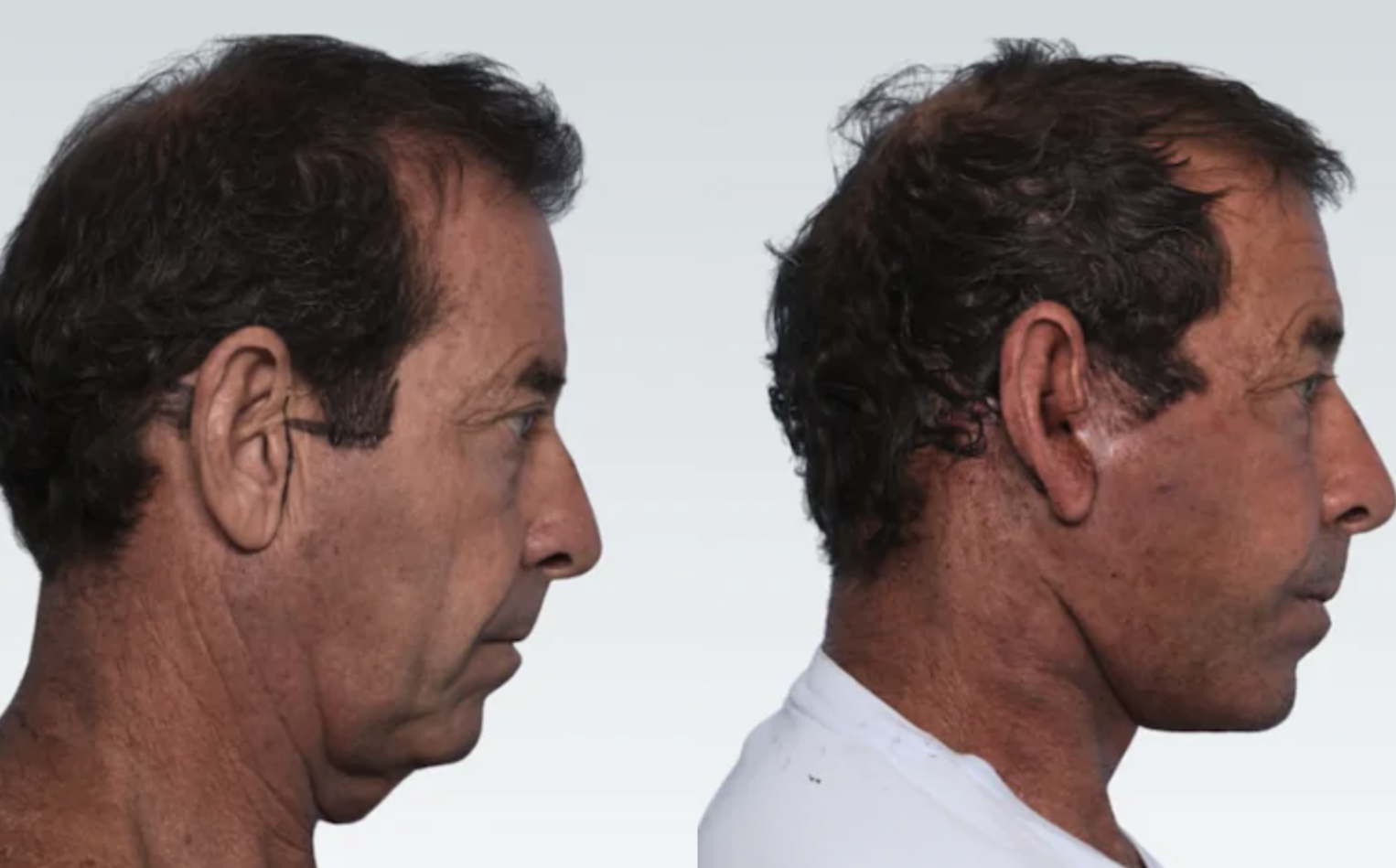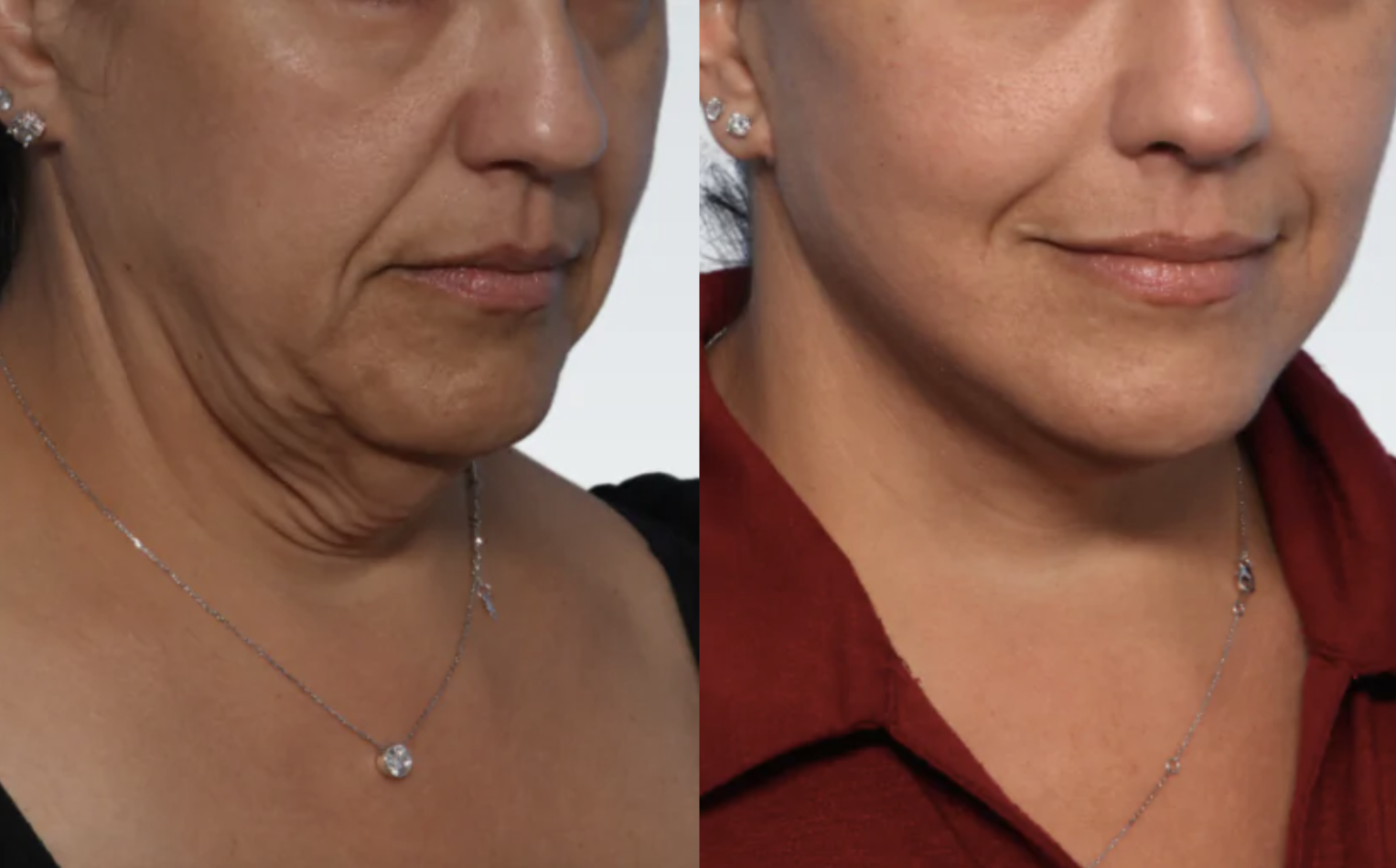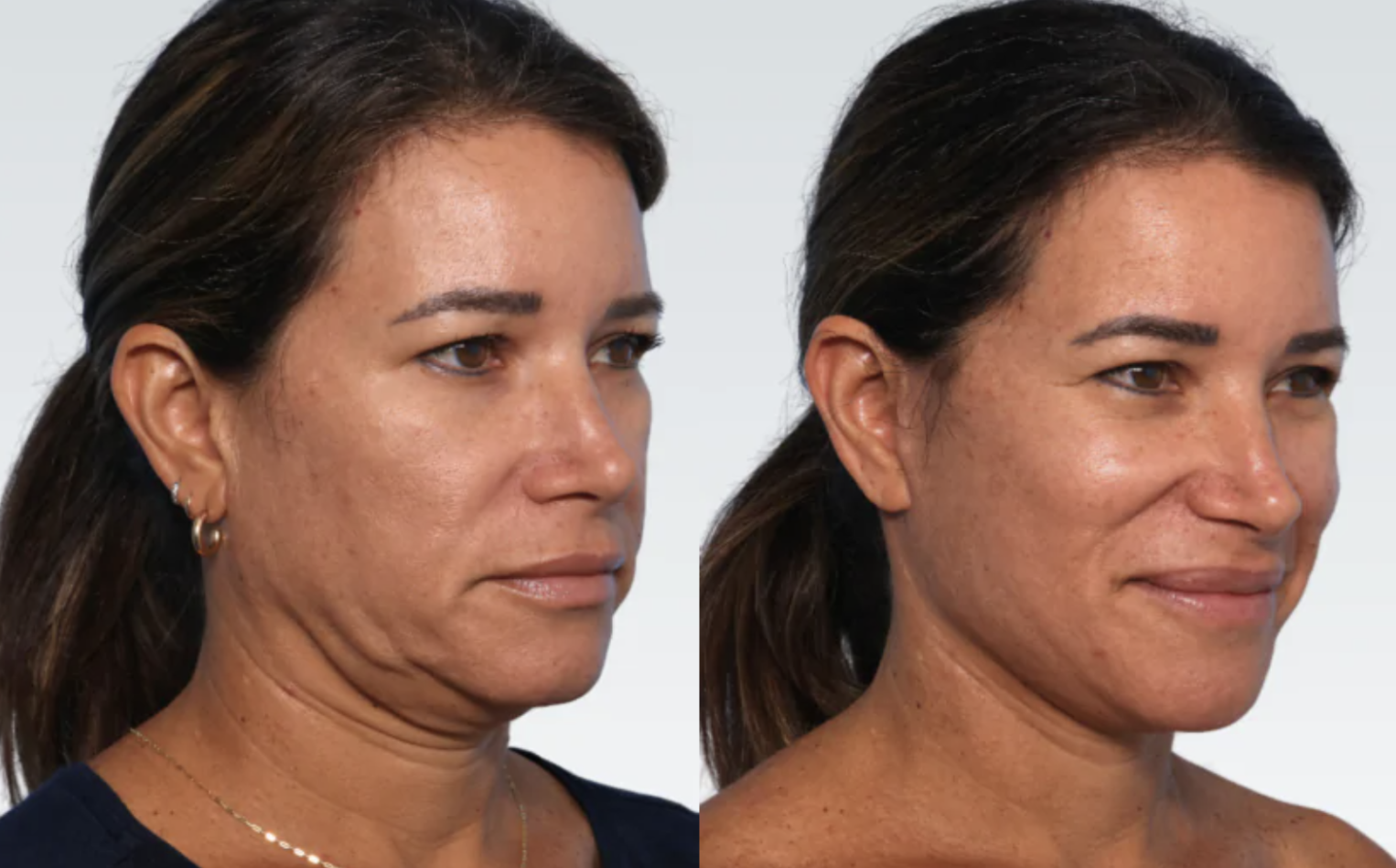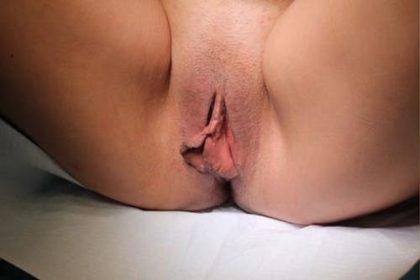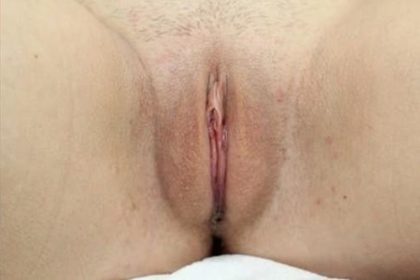Labiaplasty
Conveniently located to serve the areas of Miami, FL

Labiaplasty is a procedure that can restore our Miami patients’ confidence and self-esteem regarding their appearance in the most intimate of places. This surgical treatment is used to reduce the size of the minor or major labia walls that surround the vulva. All women are different, and a plastic surgeon such as Dr. Maercks should be consulted to determine the ideal amount of reduction in the labia. He is also able to perform revision labiaplasty and labiaplasty reconstruction.
Contents
- 1 Before and After Photos
- 2 Miami revision labiaplasty
- 3 Key benefits of labiaplasty
- 4 Common reasons for labiaplasty reconstruction in Miami
- 5 About MACIE
- 6 Benefits of the MACIE labiaplasty
- 7 Labia Minora Rejuvenation and tightening
- 8 Amputated Labiaplasty Reconstruction
- 9 Labia majora reduction
- 10 Labia majora fat grafting
- 11 Clitoral Hood Reduction
- 12 G-Spot Enhancement
- 13 Consultation and Personalized Treatment Plan
- 14 Preparing for labiaplasty
- 15 Recovery
- 16 Labiaplasty procedure details
- 17 Techniques for labiaplasty in Miami
- 18 Are there risks with labiaplasty?
- 19 Labiaplasty in Miami at The Maercks Institute
- 20 Who is the ideal candidatefor a labiaplasty?
- 21 FAQ
Before and After Photos
Miami revision labiaplasty
As a specialist in labiaplasty, Dr. Maercks can perform revision labiaplasty (or “secondary labiaplasty”), a procedure that is done to correct a previous labiaplasty surgery or to fix overlooked issues that may have not been addressed. Revision labiaplasty often takes place because the first procedure was botched or unsatisfactory, and therefore requires a surgeon who is highly experienced and skilled.
This revision surgeon needs to be someone who specializes in this specific area. It also takes a certain level of trust for the patient to feel comfortable enough to undergo a second surgery in this delicate area. Dr. Maercks is an expert in the realm of revision labiaplasty. He can correct previous mistakes or to address the problems that were not handled the first time.
Patients who have been the victim of excessive labia removal can benefit from the expertise, experience, and excellence in patient care and restoration of damaged labia that Dr. Maerks provides. Dr. Maercks is an expert in the realm of revision labiaplasty. He can correct previous mistakes, including more extensive loss of tissue, or to address problems that were not resolved the first time.
Why Choose Dr. Maercks
- Expert Understanding of Genital Anatomy: Dr. Maercks has an in-depth understanding of genital anatomy, setting him apart from many other surgeons. With extensive experience in gender transition surgeries, transforming male anatomy to female and vice versa, he brings unmatched knowledge and precision to labiaplasty, addressing both outer and deep structures for functional and aesthetic results.
- Specialized Tissue-Preserving Technique: The MACIE Labiaplasty prioritizes deep tissue preservation, which minimizes visible scarring and restores the natural color and texture associated with youthful labia.
- Artistic Vision and Medical Expertise: With his background in aesthetic surgery and a commitment to patient-centered outcomes, Dr. Maercks ensures results that are both beautiful and comfortable.
- Long-Lasting Comfort and Sensitivity: By avoiding excessive tissue removal, the MACIE technique supports lasting comfort and sensation, delivering results that feel as good as they look.
Key benefits of labiaplasty
Labiaplasty can be used as both corrective and cosmetic surgery. Studies show that almost 40% of women that undergo the procedure have some type of functional impairment, such as urinary incontinence or vaginal dryness. There are several major benefits to labiaplasty surgery in Miami:
- Improved appearance of labia
- Corrected symmetry
- Improved hygiene
- Decreased discomfort during exercise, intercourse, and other physical activities
- Less itching and/or irritation due to size or shape of labia
- Freedom to wear tighter clothing
- Easier to reach orgasm
- Boosted self-confidence
Common reasons for labiaplasty reconstruction in Miami
Many patients seek labiaplasty to address comfort, appearance, or issues from previous surgeries:
- Over-Resection: In some cases, too much tissue is removed during previous procedures, leading to discomfort and dissatisfaction.
- Under-Resection: When too little tissue is removed, the desired appearance isn’t achieved, requiring additional adjustments.
- Healing Complications: If recovery instructions aren’t followed, edges may separate, causing uneven healing.
How Dr. Maercks Addresses These Issues with MACIE
Dr. Maercks’s unique MACIE Labiaplasty technique prioritizes deep tissue preservation, achieving a natural, comfortable result:
- Tissue Preservation: MACIE avoids over-reduction, maintaining a full and natural structure.
- Restoration of Youthful Color and Appearance: The MACIE technique restores a smooth, youthful, pink color and refined texture that many patients desire.
- Minimal Scarring: With precise suturing, Dr. Maercks minimizes visible scars, achieving a smooth and refined outcome.
About MACIE
The MACIE is the only tissue-preserving labiaplasty technique to restore the color and texture of youth.
I found early in my labiaplasty practice that although the normal color and texture of the adult labia minora is brown to black and roughly rugated, this is not the aesthetic ideal of women seeking labial enhancement. Most women find a perfectly smooth and pink-colored labia minora to be the aesthetic ideal. This is why I devised this unique technique.
– Dr. Rian Maercks
The MACIE Procedure
- Tissue-Preserving Technique: The MACIE Labiaplasty is a minimally invasive procedure focused on preserving natural tissue structure. This ensures the labia retain their natural feel and comfort.
- Precise Suturing: Dr. Maercks’s advanced suturing techniques minimize scarring and create a smooth, cohesive contour.
- Restoring Color and Texture: Through careful tissue handling, the MACIE technique restores a youthful, pink color and smooth texture, creating a natural-looking result.
Natural and Long-Lasting Results
- Balanced Appearance and Comfort: MACIE restores a natural, balanced look while preserving deep tissue to prevent scarring and ensure lasting comfort.
- Youthful Color and Smooth Texture: The MACIE technique is uniquely able to restore the soft, pink color that many patients associate with youthful labia.
- Enhanced Sensation: By avoiding over-resection, the MACIE approach supports lasting sensitivity and natural comfort.
Quick Recovery
- Minimal Downtime: Recovery with MACIE Labiaplasty is typically short, with most patients returning to regular activities within a few days. Strenuous activities should be postponed for about two weeks.
- Post-Procedure Care: Some mild swelling or tenderness is common but usually subsides within a few days. Dr. Maercks provides detailed aftercare instructions to ensure smooth healing and optimal results.
Benefits of the MACIE labiaplasty
Dr. Maerck’s MACIE labiaplasty spares the deep tissues, offering patients the benefits of an excellent safety profile while achieving vastly superior aesthetic results–and for the first time a restoration of the light pink color of youth.
The MACIE labiaplasty is the only tissue-sparing technique that brings back the vaginal color and texture of youth–making the MACIE labiaplasty the safer, more aesthetically-tuned feminine rejuvenation technique. This method achieves the following benefits:
- Preserves all deep labial tissue
- Prevents scarring
- Prevents painful atrophy
- Enhances sexual pleasure
- Restores the vaginal color and texture of youth
Labia Minora Rejuvenation and tightening
The MACIE Labiaplasty preserves all deep labial tissue not only to prevent painful scarring and atrophy but to enhance sexual pleasure. Maercks explains, “Although strictly defined, tissue of the labia minora is devoid of erectile tissue, it does become engorged with sexual arousal and is an important part of any sexual experience adding padding and pleasant sensation. In my opinion, it should never be removed.”
Amputated Labiaplasty Reconstruction
Labia majora reduction
When the larger, outer, hair-bearing vaginal lips (the labia majora) are oversized or droop down significantly, it can present both aesthetic and physical problems. This condition often occurs with childbirth or age and can be very uncomfortable or disheartening. Aesthetically, it can be difficult to hide this issue even when wearing clothing. Having an overly large labia majora may cause a woman to become embarrassed in intimate moments. This condition can also have an impact on exercise, playing sports, horseback riding, or intercourse. Labiaplasty is very often performed to correct this problem, providing the patient with a much higher quality of life, boosted self-confidence, and enhanced comfort.
As a part of enhancing the appearance of the labia, the labia majora can be addressed with laser resurfacing to refresh and renew the skin, eliminating darker pigmentation, achieving youthful plumpness and better circulation, and achieving a smooth, even skin tone.
Labia majora fat grafting
The labia majora often become thin, saggy, and aged-looking as a woman becomes older. This is due to the loss of volume and hormonal changes, and this appearance bothers many women who have it. This can be corrected with the use of labia majora fat grafting, a procedure in which fat is taken from another part of the body, purified, and then injected into the labia majora to provide a plumper, lifted more youthful appearance. Because the patient’s fat is used, the results appear soft and natural, and are often long-lasting.
Clitoral Hood Reduction
This technique combines labiaplasty with resecting of the clitoral hood. A V pattern is sutured in the hood to reshape it into a Y. Uncovering the clitoral hood helps to tighten up the tissue in the labia.
G-Spot Enhancement
G-spot enhancement can be achieved with both fillers or a fat transfer. Both fat transfer and filler G-Spot enhancements allow patients to achieve deeper vaginal orgasms. This short procedure requires no downtime or recovery period, allowing patients to return to sexual relations or their usual activities immediately.
Fat transfer
During this procedure, a small amount of fat is taken from a predetermined area of your body. This is purified and then injected into the vaginal wall, making the G-Spot larger and thus more easily stimulated.
Filler
During this procedure, an HA-based filler is used to increase the size of your G-Spot. The filler enlarges the area and thus increases sensitivity.
Consultation and Personalized Treatment Plan
- One-on-One Consultation: Your MACIE Labiaplasty journey begins with a detailed consultation with Dr. Maercks. He will discuss your goals, assess your anatomy, and explain how MACIE can achieve your desired results.
- Customizable Approach: Dr. Maercks tailors the procedure to your unique needs, adjusting the focus based on your priorities—whether they are related to color, texture, or contour.
- Anesthesia Options: For your comfort, the MACIE procedure can be performed under local anesthesia or with light sedation. Dr. Maercks will discuss which option best suits your comfort level and needs.
Preparing for labiaplasty
Before Dr. Maercks performs your labiaplasty, you will have a consultation with him to ensure you’re a good candidate.
Once you’re approved, no medication that causes bleeding should be taken for two weeks before the procedure. Patients must also stop smoking at least three weeks before the surgery. You will need to arrange for someone to drive you home from your appointment.
On the day of the surgery, a mild sedative will be applied by an anesthesiologist. Once you’re asleep, you will be given a local anesthetic through an injection. Labiaplasty is performed under anesthesia, and patients are typically asked to stay for several hours before returning home after the procedure. If the patient requests it, she may stay overnight for monitoring.
Recovery
Recovery times will be dependent upon the individual and the procedure, but following the doctor’s orders ensures that you’ll be back on your feet and feeling great in no time. The simpler the procedure is, the shorter the recovery time will be for each patient. After four days, patients are allowed to return to work — although any strenuous exercise should be avoided for at least one month, and there should be no intercourse for six weeks. After returning home from surgery, the patient should not get out of bed for at least 24 hours, and will therefore need a caretaker during this time. Patients must stick to the follow-up schedule, as this will allow the doctor to determine how the wounds are healing and if any additional procedures are needed. If a patient begins her period during the recovery period, tampons should not be used. Furthermore, thong underwear and restrictive clothing must be avoided during recovery. Patients can expect swelling to last for anywhere from 1 to 4 months after surgery.
Labiaplasty procedure details
Labiaplasty typically takes under an hour and is performed with the patient under a local or a general anesthetic. Another topical anesthetic solution may then be applied over the labia.
Once the patient is appropriately numbed, an incision is made in the labia minor or major to cut away any excess skin or tissue in the area. Once the excess is removed, the wound is sutured and bandaged. Once labiaplasty is performed, there is no need for additional surgery, as the results typically last throughout the patient’s lifetime.
Even childbirth will not “undo” the surgery — and in fact, some women feel it is easier to give birth after a labiaplasty. Labiaplasty is typically combined with other gynecologic procedures. Many patients prefer to have a labiaplasty and a vaginoplasty performed together. This allows Dr. Maercks to reduce the size of the labia and tighten the vagina in the same procedure.
Even though Dr. Maercks is happy to perform these procedures together, it’s always up to the patient whether both should be performed or not. During your consultation, he will be happy to go over both procedures with you.
Techniques for labiaplasty in Miami
Labiaplasty may be performed in any one of five different ways, depending on the patient and the amount of tissue that must be removed. Every woman is different, and during your consultation with Dr. Maercks, he will determine which procedure is right for your specific goals and needs.
Laser labiaplasty
In laser labiaplasty, rather than using a scalpel, Dr. Maercks uses a concentrated laser beam to remove extra skin. The downside of this technique is that the laser may remove too much of the labium epidermis.
Labiaplasty with clitoral unhooding
This technique combines labiaplasty with resecting of the clitoral hood. A V pattern is sutured in the hood to reshape it into a Y. Uncovering the clitoral hood helps to tighten up the tissue in the labia.
De-epithelialization
This procedure starts when the surface tissue of the labia minus is cut. Dr. Maercks then cuts around the back and middle part of the tissues. De-epithelialization can be done with either a laser beam or a scalpel, and is particularly beneficial because sensations and wrinkles are maintained after surgery. If the labia width is increased during surgery, a second procedure may be necessary in order to reduce the size.
Central wedge re-section
With this technique, Dr. Maercks cuts and removes the thickest tissue out of the thickest section of the labia minus, maintaining and preserving the natural wrinkles of the labia minora. There is also less scarring, although this technique may numb the nerves in the area, and it is difficult to remove the perfect amount of skin from the area.
Edge re-section
During an edge resection, excess skin is removed from the edges of the labia minora. The surgeon may clamp the area that is being treated in order to stop blood flow so the wound can be sutured, giving the surgeon complete control over the edges of the labia. With an edge re-section, the contours around the clitoral hood may be molded in order to reduce wrinkles around the edges of the labia minora, which may make the area look unnatural or expose the pink tissues of the labia.
Are there risks with labiaplasty?
Every surgery has risks and the chances of complications, and the benefits should always be weighed against them before you make a final decision about what’s right for your life.
In order to minimize the risks after surgery, it’s important to follow all directions provided by Dr. Maercks. This ensures optimal results. Some of the possible risks of labiaplasty include:
- Discomfort during sexual intercourse after surgery
- A larger-looking clitoris
- Blood clots, infection, bleeding, and hematoma
- Possible numbing of the area after surgery
- A wrinkled, discolored, swollen, asymmetrical labia
- Possibility of the wound opening after surgery
Labiaplasty in Miami at The Maercks Institute

Here at The Maercks Institute, we want every woman to embrace the beauty of her body and to feel comfortable with it when she should. We provide plastic surgery options to women that increase self-confidence and give our patients the courage to take what they want out of life. Labiaplasty is one of our main services, and our patients enjoy a higher quality of life, improved comfort, and boosted self-esteem. The Maercks Institute is a high-profile, Miami-based surgical center where patients are considered in a manner that is anything but cookie-cutter. Board-certified plastic surgeon Dr. Rian Maercks demonstrates skilled expertise in cosmetic breast and body procedures, as well as attention to detail and vision. With an elevated standard of patient care and safety, Dr. Maercks has successfully changed the lives of thousands of patients over the years. He is the expert who will formulate the right treatment for your goals. If you are in the Miami area and are interested in a labiaplasty, revision labiaplasty, or labiaplasty reconstruction, contact us.
Booking a Consultation
- Your Next Step: To learn more about the MACIE Labiaplasty, schedule a consultation with Dr. Maercks. During this session, he will assess your anatomy, discuss your goals, and answer any questions to help you make an informed decision.
- Contact Us Today: Call The Maercks Institute to set up your consultation. Our team is here to guide you every step of the way, ensuring you feel comfortable, informed, and confident about your results.
Who is the ideal candidatefor a labiaplasty?
If you’re considering a labiaplasty in Miami, it may be the perfect procedure for your needs. Candidates for labiaplasty:
- Don’t like the way the inner or outer lips of the vagina look and/or feel
- May have pain or discomfort during exercise or physical activities
- May have pain or discomfort during sexual intercourse
- Typically seek surgery after a major weight loss or childbirth
- Must not currently have any STDs
- Must not be menstruating the day of the procedure
- Must not smoke
- Must be in good health
FAQ
Will a labiaplasty treat an STD?
If a woman is dealing with an STD, labiaplasty is not the correct procedure to repair the problem. At this point, the patient should see a gynecologist for treatment rather than a plastic surgeon, although labiaplasty may be a valuable option in the future.
How much does labiaplasty cost?
The cost of labiaplasty in Miami varies depending on the individual and how extensive the surgery is. Typically, the cost of labiaplasty starts at $8,500. If both the upper and lower labia must be reduced, the procedure can increase in cost. Because so much of the cost depends on the surgeon and the patient, we encourage you to schedule a consultation with a professional at The Maercks Institute before making any final decisions about your labiaplasty.

